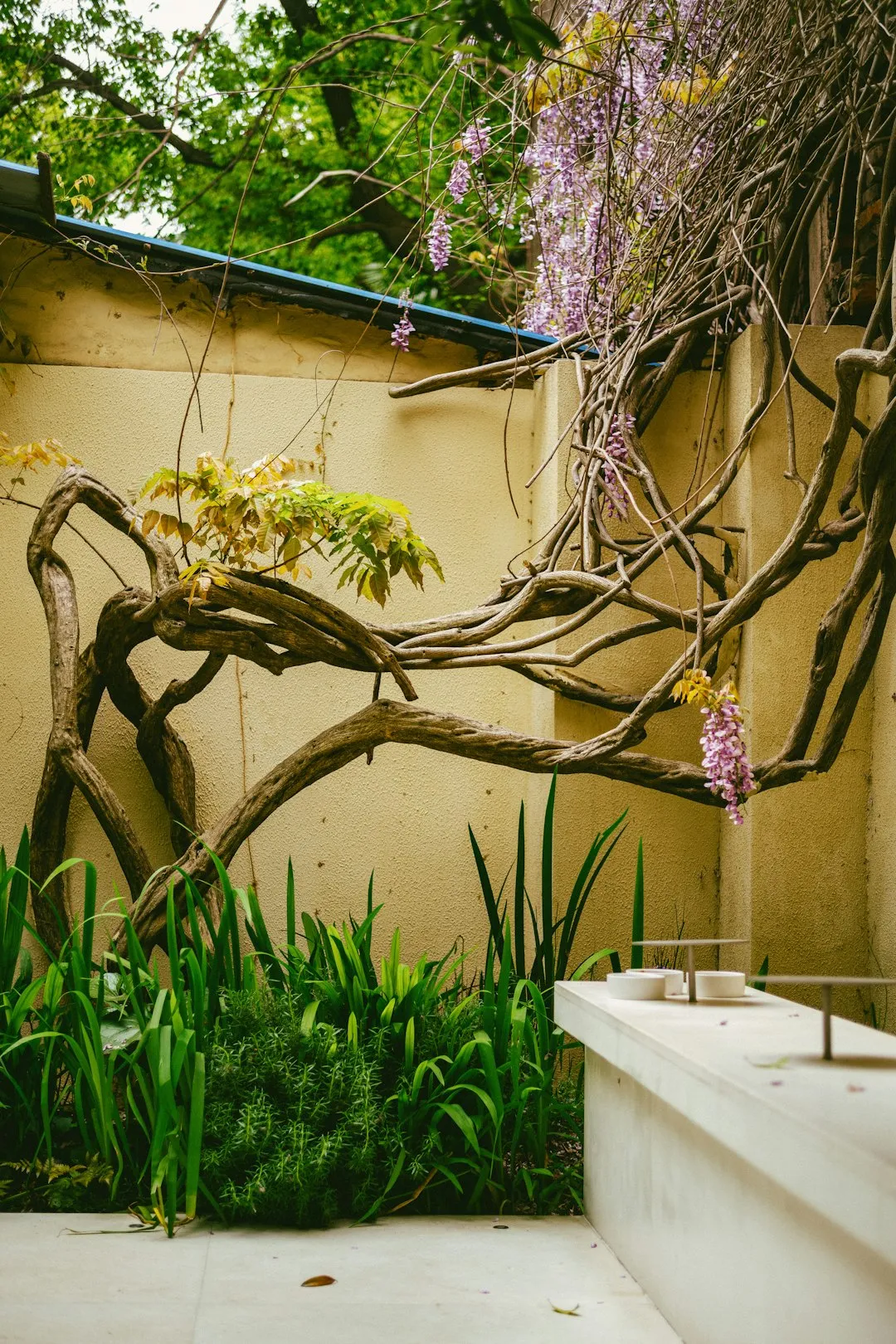Mastering the Art of Indoor Pepper Seed Starting

Embarking on the journey of edible gardening can be an incredibly rewarding experience, and starting pepper seeds indoors is a fantastic way to kickstart your vegetable garden. Peppers are not only a delicious addition to various dishes but also come in a wide range of colors, shapes, and flavors. With the right techniques and a bit of patience, you can grow healthy pepper plants right from the comfort of your home. In this guide, we'll provide you with simple tips and step - by - step instructions to help you start pepper seeds indoors like a pro.
Why Start Pepper Seeds Indoors?
Peppers are warm - season crops that require a long growing season. Starting them indoors gives you a head start, especially in regions with shorter growing seasons. By starting seeds indoors, you can control the environment, ensuring optimal conditions for germination and early growth. This leads to stronger, more productive plants when they are eventually transplanted outdoors.
Materials You'll Need
- Seed Trays or Pots: Choose containers that are at least 2 - 3 inches deep and have drainage holes. You can use plastic seed trays, peat pots, or recycled containers.
- Seed Starting Mix: A high - quality, sterile seed starting mix is essential. It provides the right balance of moisture retention and aeration for the seeds.
- Pepper Seeds: Select a variety of pepper seeds based on your taste preferences and growing conditions. Popular choices include bell peppers, jalapenos, and habaneros.
- Labels: To keep track of the different pepper varieties, label each container with the name of the pepper and the date of sowing.
- Watering Can or Spray Bottle: A gentle watering method is crucial to avoid disturbing the seeds. A spray bottle is ideal for the initial watering.
- Heat Mat (Optional): Peppers germinate best at temperatures between 70 - 85°F (21 - 29°C). A heat mat can help maintain a consistent temperature, especially in cooler environments.
- Grow Lights (Optional): If you don't have access to sufficient natural light, grow lights can provide the necessary light for healthy seedling growth.
Step - by - Step Instructions
1. Prepare the Seed Starting Mix
Moisten the seed starting mix before filling the containers. The mix should be damp but not soggy. Fill the seed trays or pots with the moistened mix, leaving about 1/4 inch of space at the top.
2. Sow the Seeds
Make small holes in the seed starting mix, about 1/4 - 1/2 inch deep. Place 2 - 3 pepper seeds in each hole. Cover the seeds with a thin layer of the seed starting mix and gently press down to ensure good contact.
3. Water the Seeds
Use a spray bottle to water the seeds gently. Keep the soil evenly moist but not waterlogged. Overwatering can lead to seed rot and fungal diseases.
4. Provide Warmth
If you're using a heat mat, place the seed trays on top of it. Set the heat mat to the appropriate temperature for pepper germination. If you don't have a heat mat, place the trays in a warm location, such as on top of a refrigerator or near a sunny window.
5. Monitor Germination
Pepper seeds typically germinate within 7 - 14 days. Check the trays daily for signs of germination. Once the seeds have germinated, remove the heat mat (if used) and place the seedlings in a bright location.
6. Thin the Seedlings
Once the seedlings have developed their first true leaves, thin them out. Select the strongest seedling in each container and snip off the others at the soil level. This allows the remaining seedling to have more space and nutrients to grow.
7. Provide Adequate Light
Pepper seedlings need at least 12 - 16 hours of light per day. If you're using natural light, place the seedlings in a south - facing window. If natural light is limited, use grow lights. Keep the lights about 2 - 4 inches above the seedlings and adjust the height as they grow.
8. Water and Fertilize
Keep the soil evenly moist but allow the top layer to dry slightly between waterings. Once the seedlings have developed their second set of true leaves, start fertilizing them with a diluted, balanced liquid fertilizer every 2 - 3 weeks.
9. Harden Off the Seedlings
About 1 - 2 weeks before transplanting the seedlings outdoors, start hardening them off. Gradually expose the seedlings to outdoor conditions, starting with a few hours of sunlight and increasing the time each day. This helps the seedlings adjust to the change in environment.
10. Transplant the Seedlings
Once the danger of frost has passed and the soil has warmed up, transplant the seedlings outdoors. Choose a sunny location with well - drained soil. Space the plants according to the variety's requirements, usually 18 - 24 inches apart.
By following these simple tips and step - by - step instructions, you can start pepper seeds indoors like a pro and enjoy a bountiful harvest of delicious peppers in your edible garden.